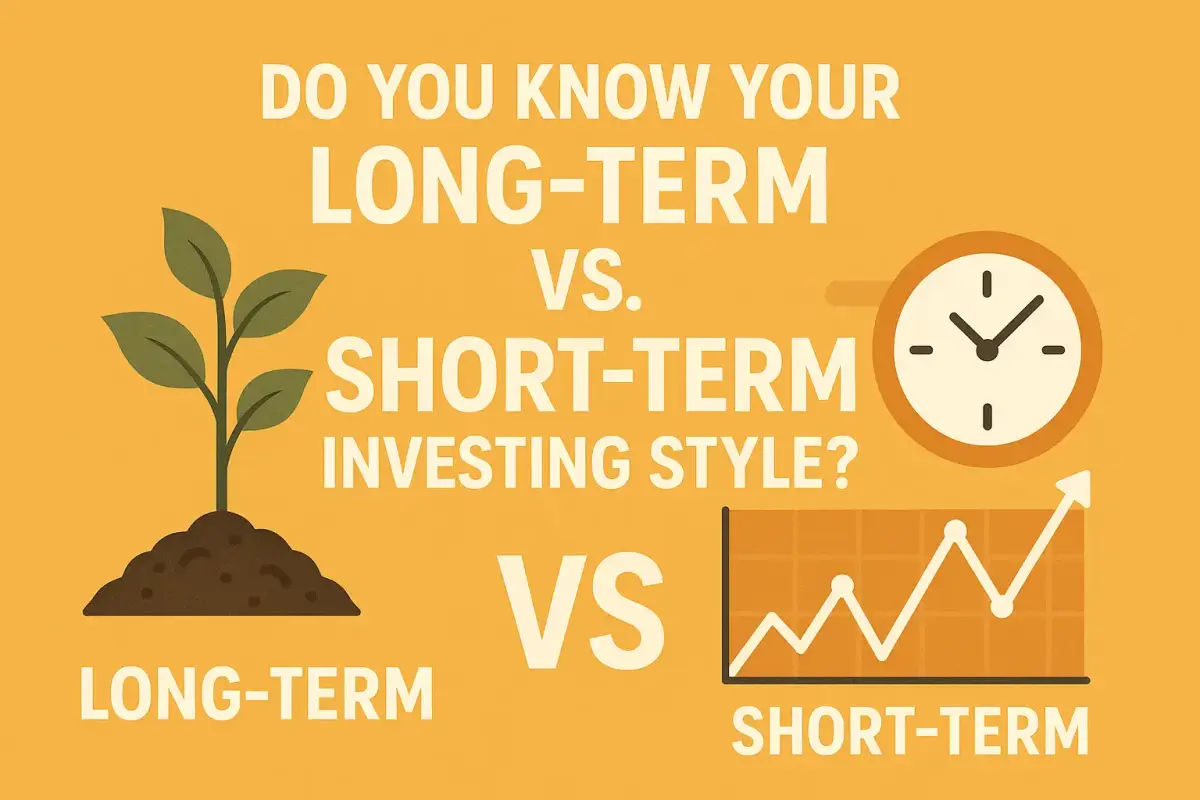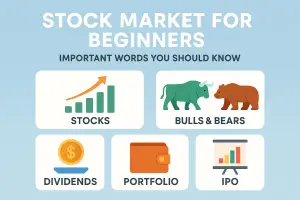Investing is a good way to make that money grow, but with so many different ways to invest, it can be difficult to know which method is best for your situation. Understanding the difference between short-term and long-term investment helps make informed decisions in alignment with financial goals. In this tutorial, we discuss both tactics, detailing the strengths and weaknesses of each, the risk vs reward, and how it should be perceived in terms of your personal conditions.
Long-Term Investing: Making Money Over Time
Long-term investing is often associated with buy-and-hold investing in which investors buy an asset with the intent to hold it for a very long time — in many cases, possibly even for decades. The technique uses the power of compounding, or earning money on your original investment plus the gains you accumulate over the years. Long-term investing is about patience and discipline, allowing investments to grow over time despite market fluctuation.
What Investing for the Long Term Is Like:
- Keep investments for a very long time (Buy-and-Hold).
- Multiple Perks: Reinvesting money in investments in order to make more money.
- Less Volatile: Not as impacted by short-term market swings.
Investing Brief: Making the Most of Fast Opportunities
When you invest for a long time but buy and sell shares quickly, you’re engaged in short-term investing, which generally means a few days to a few months. This approach seeks short-term profits through price changes and market flux. It can be extremely lucrative very quickly but is also incredibly dangerous because it is speculative.
Here’s what you need to know about short-term investing:
- Trading in focus: Constantly buying and selling.
- Quick Gains: Attempting to earn money based on immediate moves in the market.
- Higher Volatility: Such funds would have more sensitivity to market moves.
The Pros and Cons of Either Approach
Investing With an Eye to the Long Term
Pros:- Lower Risk: Short-term market gyrations have less impact.
- Steady Earning Growth: The opportunity to accumulate large sums of money over time.
- Reduced time investment - Lower checking frequency.
- Returns Take Time: You don’t get massive returns all of a sudden.
- Market Dependency: The long-term performance of the markets determines success.
Short-Term Investing
Pros:- Quick Returns: The opportunity for quick returns.
- Active Engagement: This is doing the work at all times.
- More Risk: Increased exposure to market fluctuation.
- Takes Time: Requires dedicated and consistent focus.
Picking the Right Way
Your risk tolerance, financial objectives, and lifestyle should all be consistent with your investment strategy. Long-term investment could be for you if you don’t like risk and you want your money to grow over time. On the other hand, short-term investing can be better for you if you have the inclination to trade frequently and don’t mind taking on more risk.
Good Ways to Invest
Choices for Earning and Investing Long-Term:
- Funds that are shared
- ETFs (Refer to the following for details on ETFs)
- Stocks on Their Own
Short-term investment options:
- Day Trading
- Trading Options
- Trading in Swings
Striking a Balance between the Two Approaches
And it is quite important that in every financial strategy, there is diversification. A portfolio of both long-term stability and short-term potential can be constructed to satisfy your short-run needs while also growing your overall wealth.
Advice for Newbies
- Baby Steps: Start by investing small and feeling out how you think each method works.
- Learn: Discover the various markets and methods of investing.
- Diversify Your Portfolio: To hedge your risk, avoid putting all your money in one basket.
- Review Regularly: Update your plan when your financial situation changes.
Remember, investing is a process you should continue to monitor and adapt, as your goals and circumstances evolve. If you want to build a strong financial future for yourself, staying informed and being open to changing your plans may be a necessary approach whether you’re saving or investing for short or long term goals.


